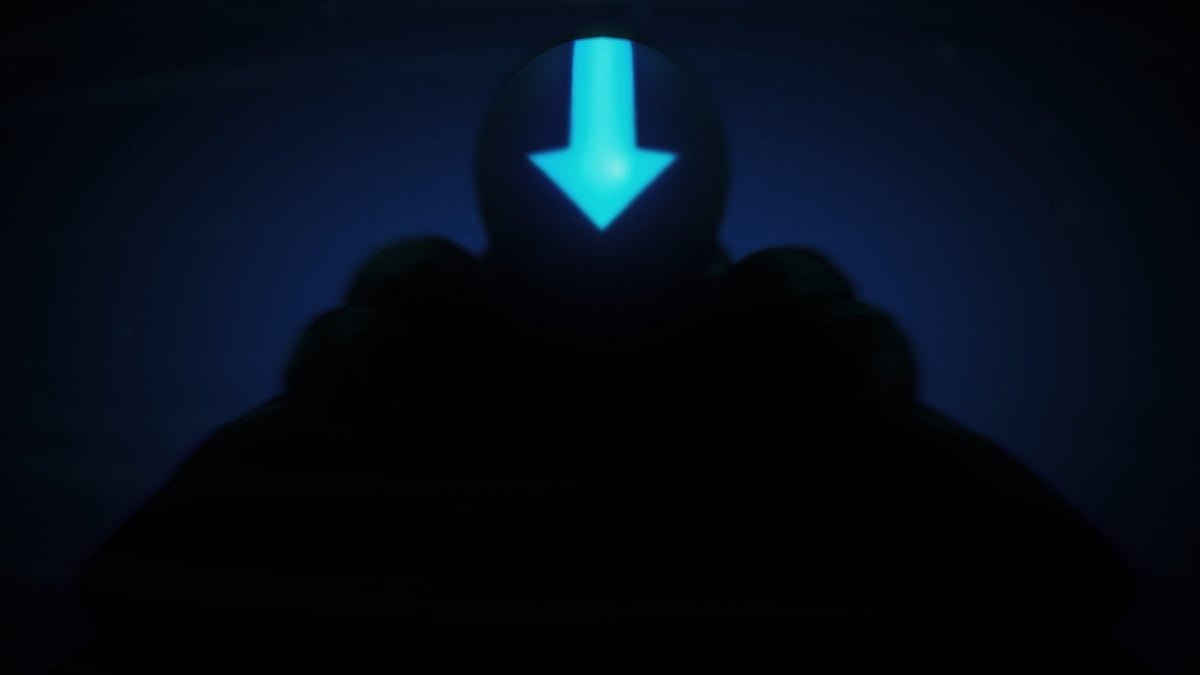This article is brought to you by StatBanana, the best Overwatch strategy tool.
Overwatch’s latest live patch brought a few small changes and one big addition: Paris, the game’s newest map. Players can now bring some fight to the City of Love, battling beneath the Eiffel Tower and inside a sprawling mansion.
Paris is the 20th map added to Overwatch. It’s an Assault map in which players must capture objectives quicker than their opponents to win the game. It sounds simple, but any Overwatch player who has endured a multiple-round Assault map knows how frustrating the process can be—and may explain why Assault was the last map type to be updated.
Paris joins four other existing Assault maps: Hanamura, home of Hanzo and Genji Shimada; Volskaya Industries, a Russian stronghold against omnics; Temple of Anubis, an Egyptian landmark; and Horizon Lunar Colony, Winston’s former home base on the Moon.
The essential goal of the Assault game mode is simple, and a classic among cooperative games. One team of Overwatch players is designated as the “attackers,” or offense, and the opposing team is defense. The attacking team must stand in a set location, or “objective,” long enough to capture it while no defending opponents are present. Basically, the goal is to send the defending team back to spawn long enough to secure the objective.

For example, on Temple of Anubis, the position of Objective A is extremely close to the attacker’s spawn, which gives them an advantage. There are several points at which attackers can be stopped by a great defense, however. This is a similar pattern across many Assault maps.
Each Assault map includes two distinct objectives that players must capture. The closest to the attacking team is referred to as Objective A, and the closest to the defending team is Objective B. In general, it’s easier for the attackers to capture Objective A and easier for defenders to prevent the capture of Objective B. Sometimes, that depends on the ease of reaching Objective A.
Time is another critical factor on Assault maps. Each team is given four minutes to capture Objective A, then another four minutes to capture Objective B. In competitive Overwatch, teams switch places after the first round and compete to see who gains the most points in the shortest amount of time. If both teams capture both objectives, with a score of two, the game mode continues. The time bank from the previous round is used. As an example, if the Red Team captured both objectives with four minutes remaining, and the Blue Team captured both with only one minute remaining, the Red Team has a serious advantage going into the next round.
The caveat about Assault is the fact that the game can move on to multiple rounds indefinitely. Teams can score two points, then four points, then six points, and onward. This is also a likely reason why all of the other Overwatch game modes (Escort, Hybrid, Control) reached five maps before Assault did, with Busan (Control) the latest addition before Paris.
Among fans and players, Assault maps are far from the favorite map type. Games often go multiple rounds that take upwards of eight minutes. Assault maps are also the only Overwatch map type in which draw games are relatively easy to achieve, to the point where each map has a colloquial nickname. Think “Drawnamura” and “Temple of Drawnubis.” There’s the distinct chance that competitive mode players could dedicate over half an hour of their time to a game that gives them no tangible reward.
Even with these downsides, Assault remains a classic competitive game mode and the new Paris map is a well-designed addition to the lineup. If players have to spend half an hour capturing objectives, perhaps it’ll be easier to do so within the walls of a bourgeoisie mansion.







Published: Feb 20, 2019 06:12 pm